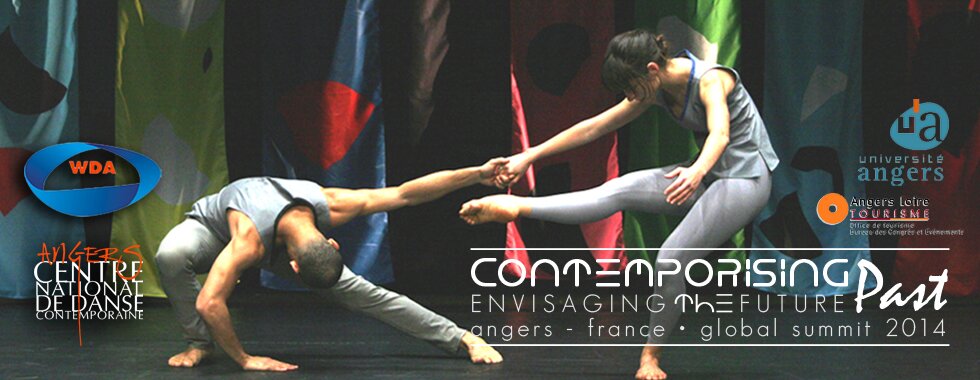Body Conditioning through Odissi
The workshop introduces basic body and movement structures in the Indian classical dance form of Odissi, to take participants from their “natural body” to the “body in Odissi”. Initiating them into two basic positions of Odissi – Tribhangi and Chauk – the workshop progresses towards attaining the division of the body into “fluid” upper-half and “rooted” lower-half. The session involves basic warm up followed by an initiation into Odissi technique. It also includes disseminating basic ideas of rhythm and emotions to the participants, propelling them to explore and experience the untouched zones of body and mind with ease, to reach a common comfort level between dancers and non-dancers. Class then progresses towards exploring different permutations and combinations of foot movements along with the deflection of the hip and the torso, experiencing a varied concept of shift in weight and balance in the body, as controlled through the spine. Various other nuances such as turns and walks are introduced, so participants can try to make their own movement structures, using the learnt technique, followed by a demonstration of an Odissi composition in a formal choreographed movement structure.
This class is for all levels, even for those without dance training.
Cet atelier est une introduction aux structures de base du corps et du mouvement dans la danse classique indienne Odissi, permettant de conduire les participants depuis leur « corps naturel » jusqu’à leur « corps dans l’Odissi ». Par l’initiation à deux positions basiques de l’Odissi – tribhangi et chauk –, l’atelier progresse jusqu’à atteindre la séparation du corps en une moitié supérieure « fluide » et une moitié inférieure « figée ». La session comporte un échauffement de base suivi d’une initiation à la technique Odissi. Les idées élémentaires de rythme et d’émotion seront aussi transmises aux participants qui seront incités à découvrir et ressentir des parties inexplorées de leur corps et de leur esprit avec facilité, afin d’atteindre un niveau de confort commun aux danseurs et aux non-danseurs. La classe progresse ensuite vers l’exploration de différentes permutations et combinaisons de mouvements du pied avec déviation de la hanche et du buste, expérimentant divers concepts de transfert du poids et de l’équilibre du corps, sous contrôle de la colonne vertébrale. D’autres variantes comme les tours et les marches sont introduits, les participants pouvant ainsi essayer de créer leur propre structure de mouvement en utilisant la technique apprise. Suit une démonstration de composition Odissi dans une structure de mouvement chorégraphié de manière formelle.
Atelier ouvert à tous les niveaux, y compris sans formation de danse.
Aastha Gandhi
Freelance Odissi dancer and researcher

